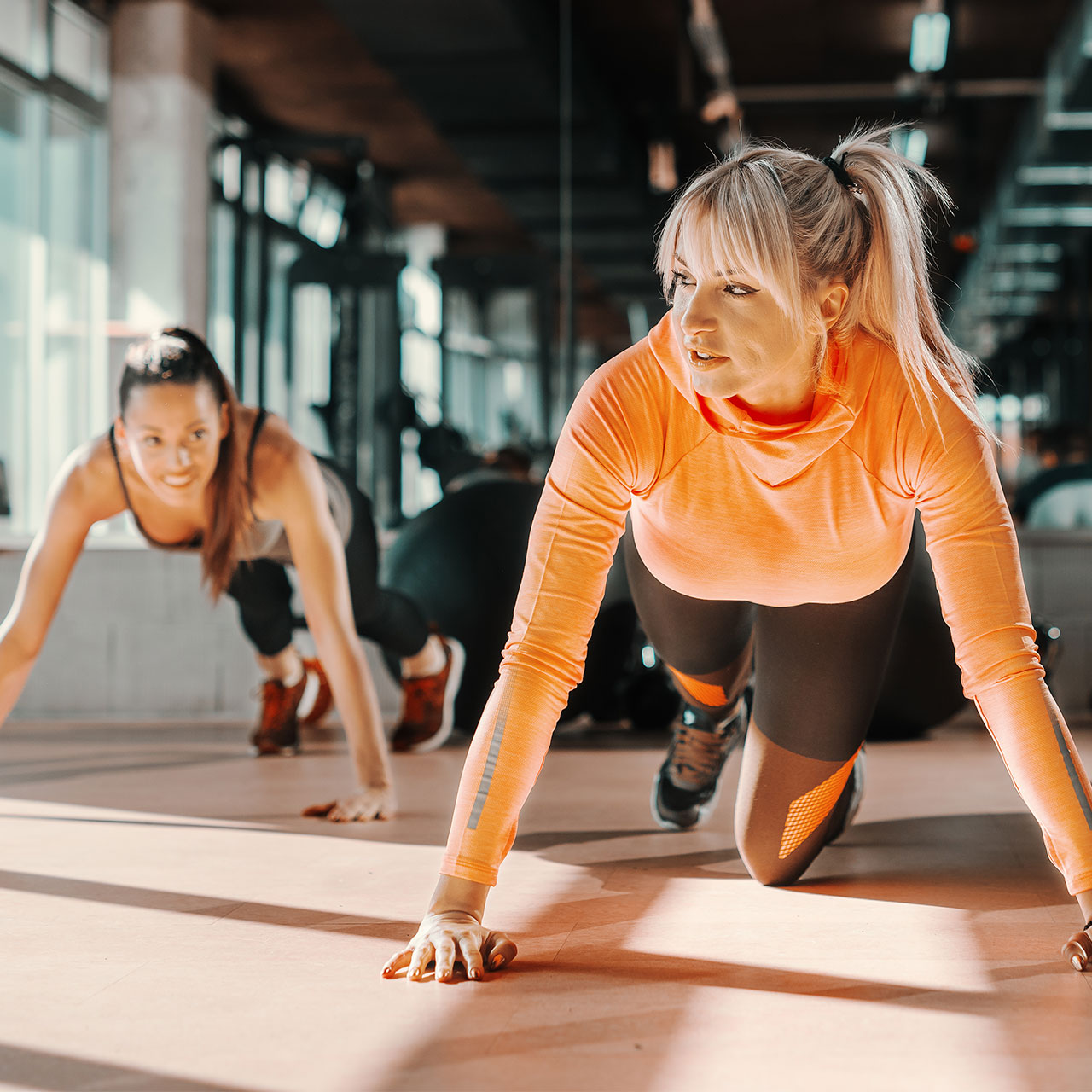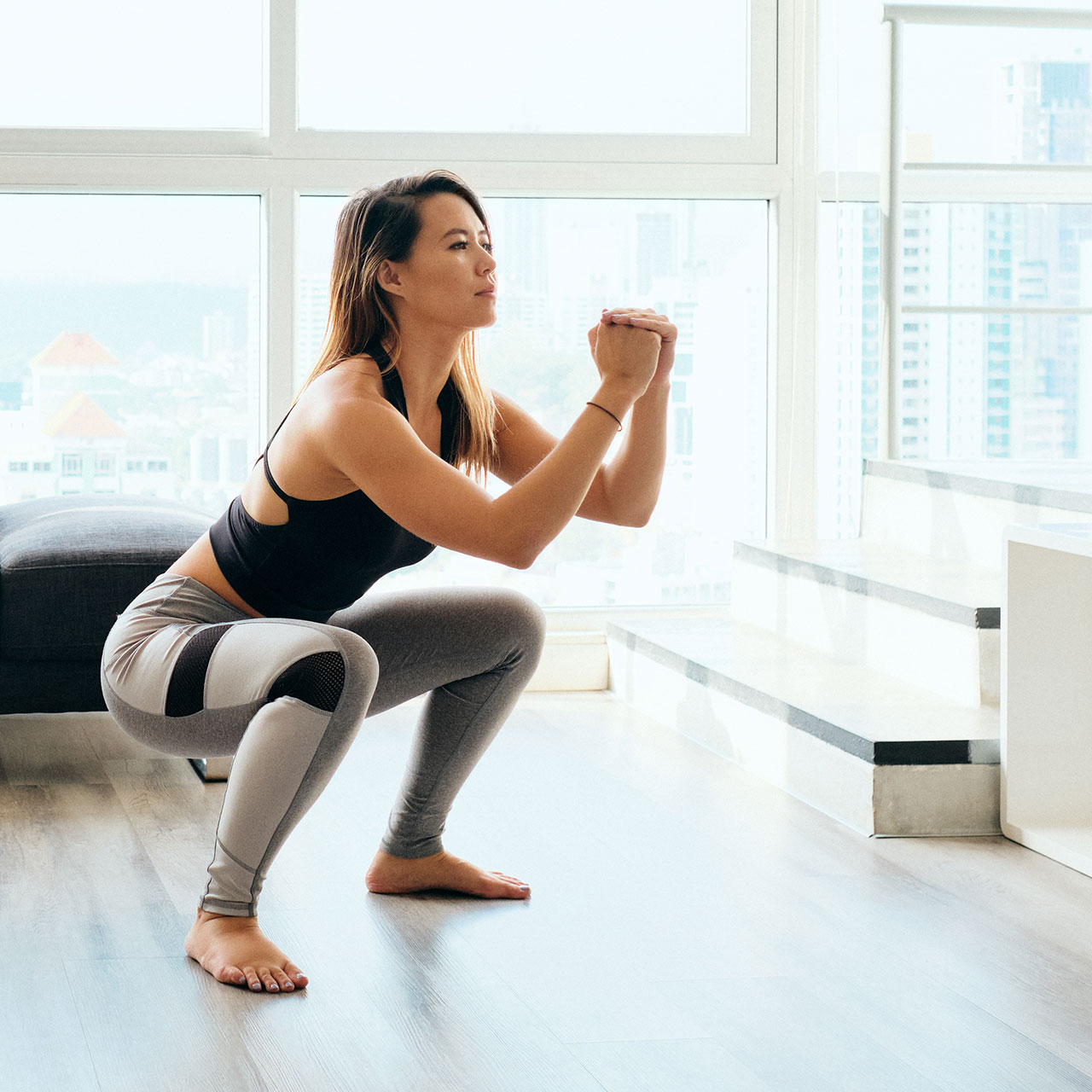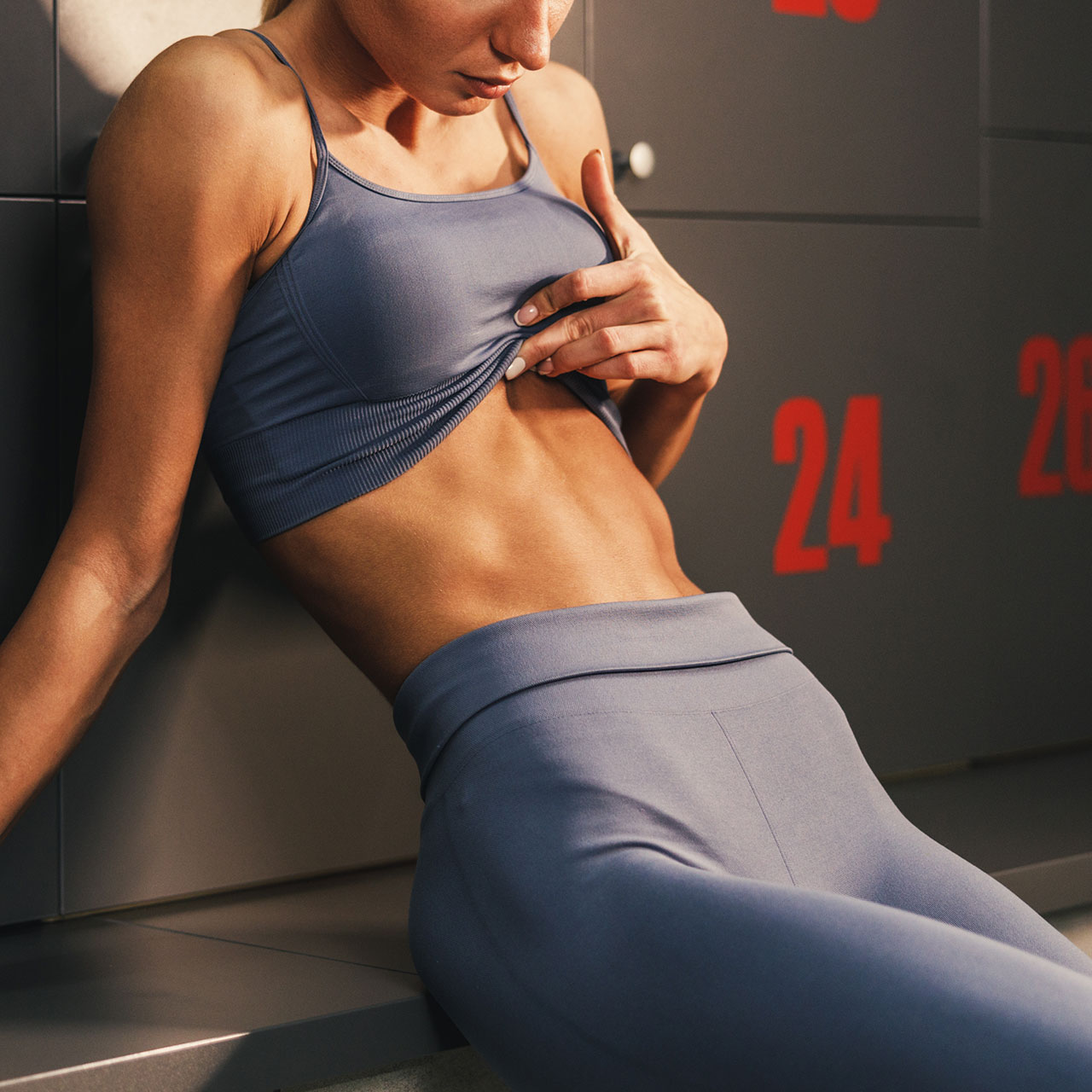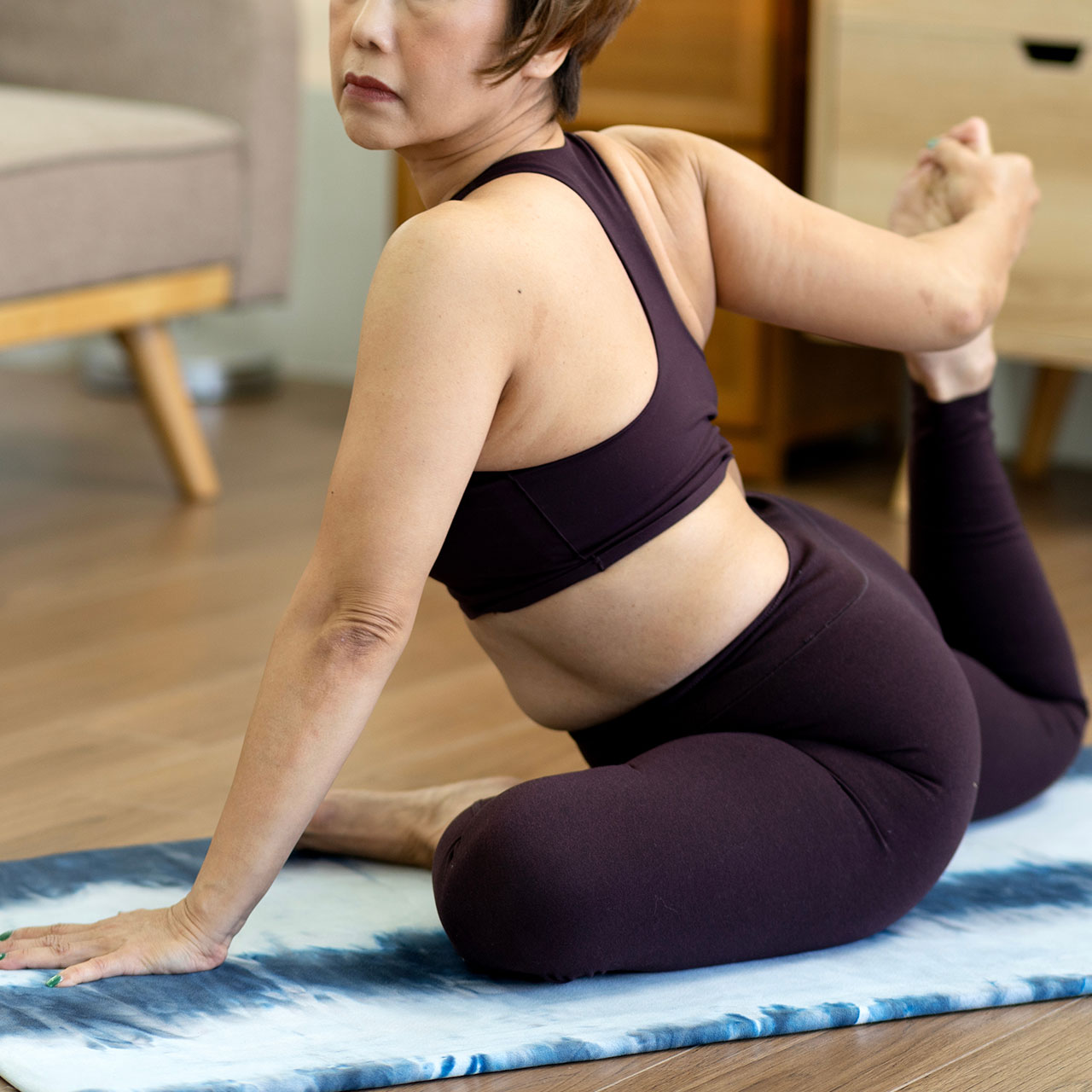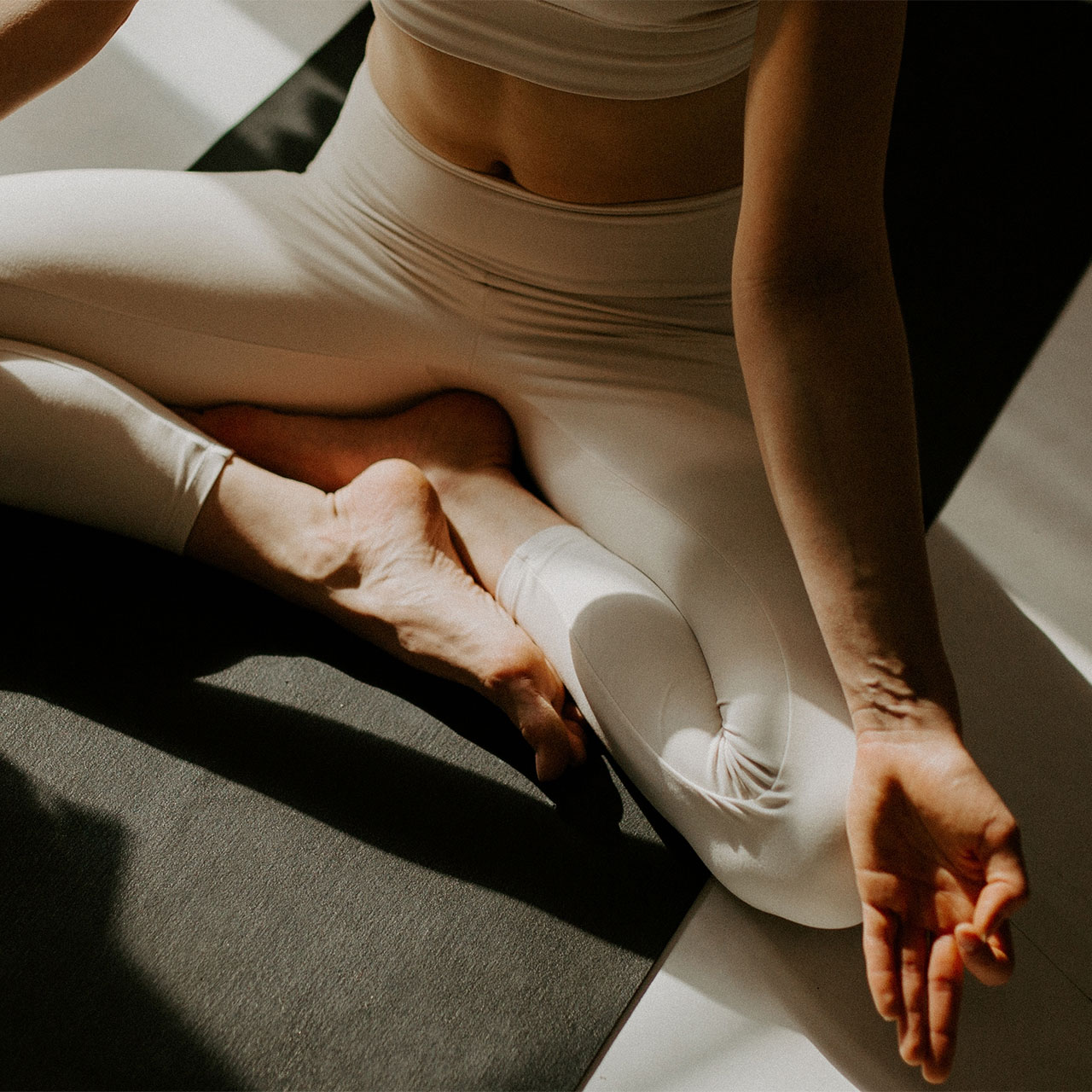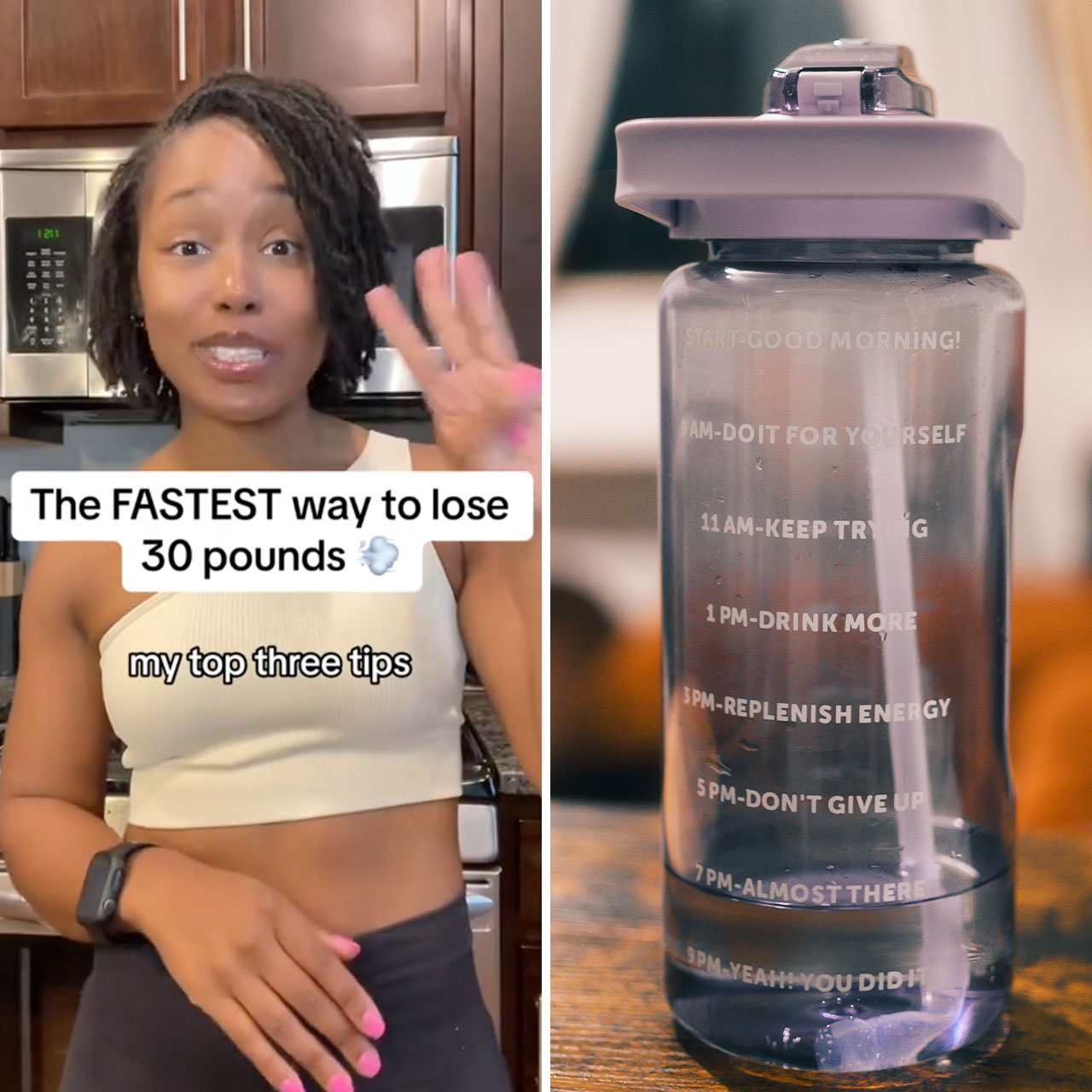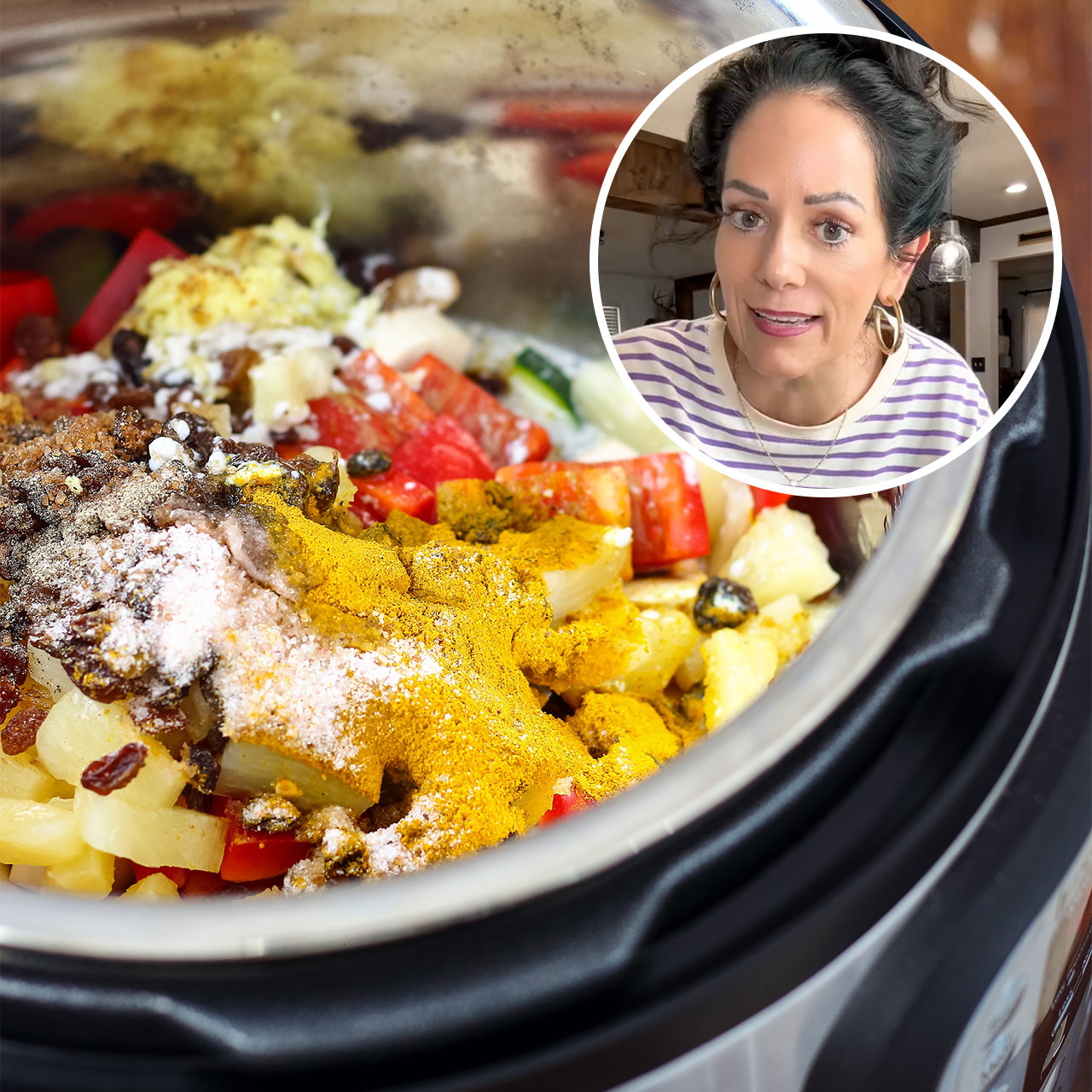Abs are the most coveted goal in any weight loss journey. They’re what most people work towards in the gym. And, if you’ve looked at any workout guide for your midriff you’re bound to see crunches. t’s not rare for people to attempt to spot and reduce fat in one specific area in order to see results more quickly with targeted exercises. But, there are only so many crunches you can do. While building up your abs with core-specific workouts can have its benefits, certain abdominal exercises are less effective than others and may actually have the opposite effect. If you’re sick of crunches, we recommend trying some pilates core workouts. We spoke with Kimberly Fielding, Club Pilates master trainer, about three effective ab workouts: hundreds, toe taps, and criss cross which can be practiced on the mat or pilates reformer. Let’s dive into each one below!
But first, what is pilates?
Pilates is a type of exercise usually performed on a yoga mat or other equipment to promote strength, stability, and flexibility. Fielding says, “When it comes to Pilates, the reason that the movements are so effective is because of the prioritization of addressing and exercising the entire ‘Pilates Core,’ which is made up of 4 inner stability units: The pelvic floor, the diaphragm, the multifidus, and finally, the transverse abdominis, which is the deepest abdominal muscle, often referred to as our ‘natural corset,’ or lower abdominals, as it wraps from back to front.”
Similar to yoga, pilates encourages deep, conscious breathing–which can also help relieve stress. The Pilates Method was developed by Joseph Pilates in the 1920s. It’s widely used in rehabilitation settings but became popular among elite athletes, ballerinas, and even Victoria’s Secret Angels. Now, it’s become even more mainstream and there are institutions like Club Pilates or The Pilates Barre all across America!
“When it comes to abdominal exercises, breathing is key to making them as effective as possible. Ideally, we want to breathe deeply into our rib cage and beyond,” Fielding says. “The diaphragm acts as a pump, if you will, applying slight pressure on the pelvic floor, which then helps to release the muscles of the pelvic floor, allowing for a more full contraction of the pelvic floor muscles and the transverse abdominis. We draw the muscles inward and upward and stabilize our pelvis and lumbar spine. Then we can mobilize other parts of our body to overload the abdominals.” So, pilates is great for your whole body. Noted!


How to perform hundreds
Hundreds are a classic pilates move that is usually performed at any beginner's class. The exercise is named after the 100 beats of your arms while holding your legs extended, your head up, and your shoulders off the mat. Fielding told us how it's done:
"Lie on your back, on the Pilates Reformer or on a mat, and elevate your legs into tabletop position (at a 90-degree angle). Inhale to prepare, and on the exhale, nod and curl your head, neck, and shoulders off the floor. Your arms are extended by your side, off the floor with palms facing down. Extend your legs to a 45-degree angle. Inhale for 5 counts while pumping your arms up and down. Exhale for 5 counts while pumping your arms up and down. Repeat this for 10 sets to complete one hundred breaths. For a beginner modification, perform with your head down and knees bent with [your] feet on the floor."
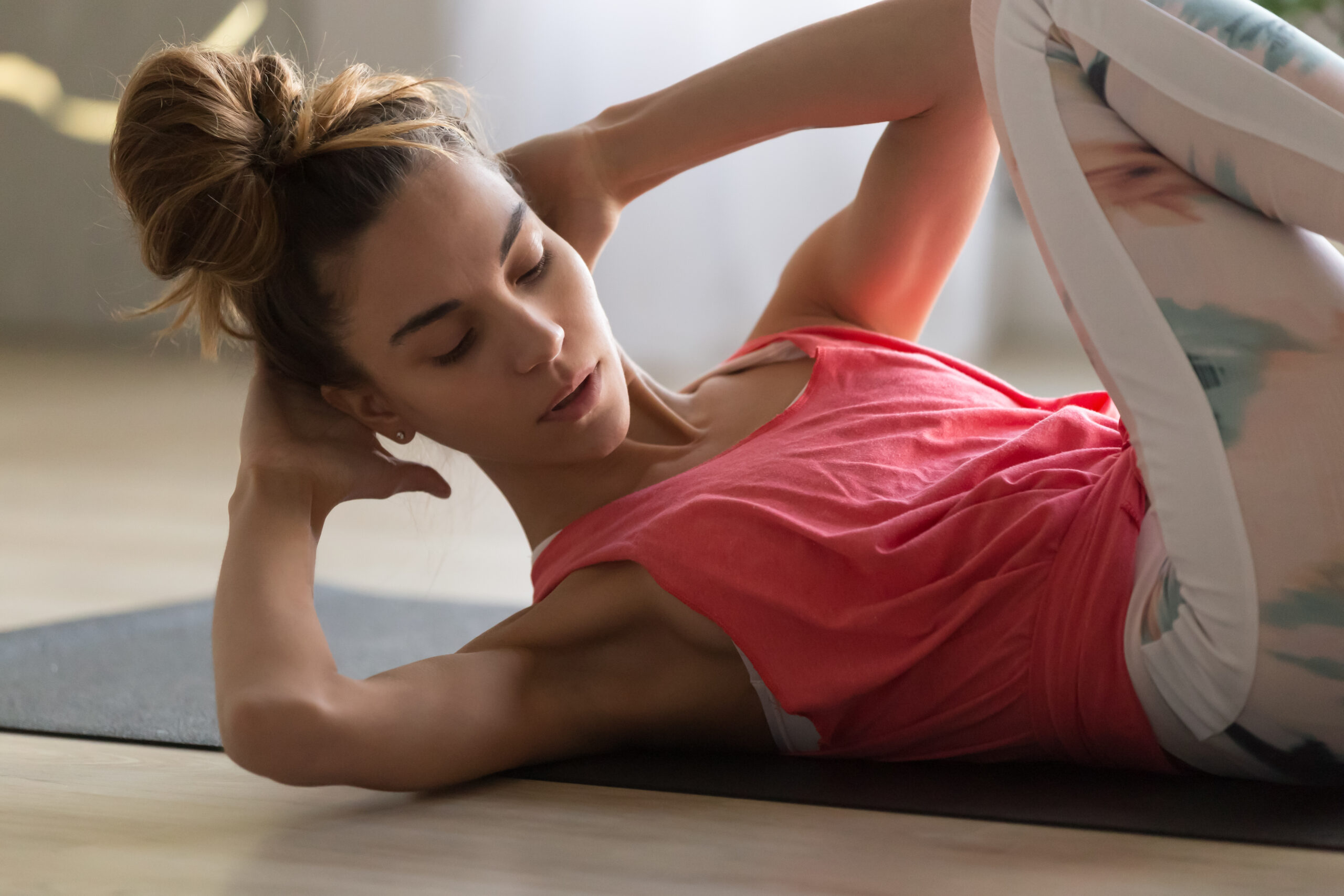
How to perform toe taps
The pilates toe tap, or supine toe tap, is also completed on the mat for an abdominal workout to get rid of belly fat fast. It may seem like a very easy move, but if done correctly, you will feel your core burning after a few repetitions. Here's how you do it, according to Fielding:
"[It] can be performed on mat or Reformer with movement looking similar. Lie on your back. Legs in Table Top. Inhale to prepare. On the exhale, draw the abdominals in and up. Make sure your hips stay still. No rocking and rolling side to side or forward and back. Tap one toe to the floor and return to the table top position. Repeat on the other leg. To make this harder, do 2 legs at a time. To make this easier, start with both feet on the floor and pull one leg up to table top (90-degree angle) and back down to the floor without your hips moving or your back coming off the mat." The major muscles involved in this exercise are the rectus abdominis and transverse abdominis, as well as the other core muscles, including your obliques and hips.
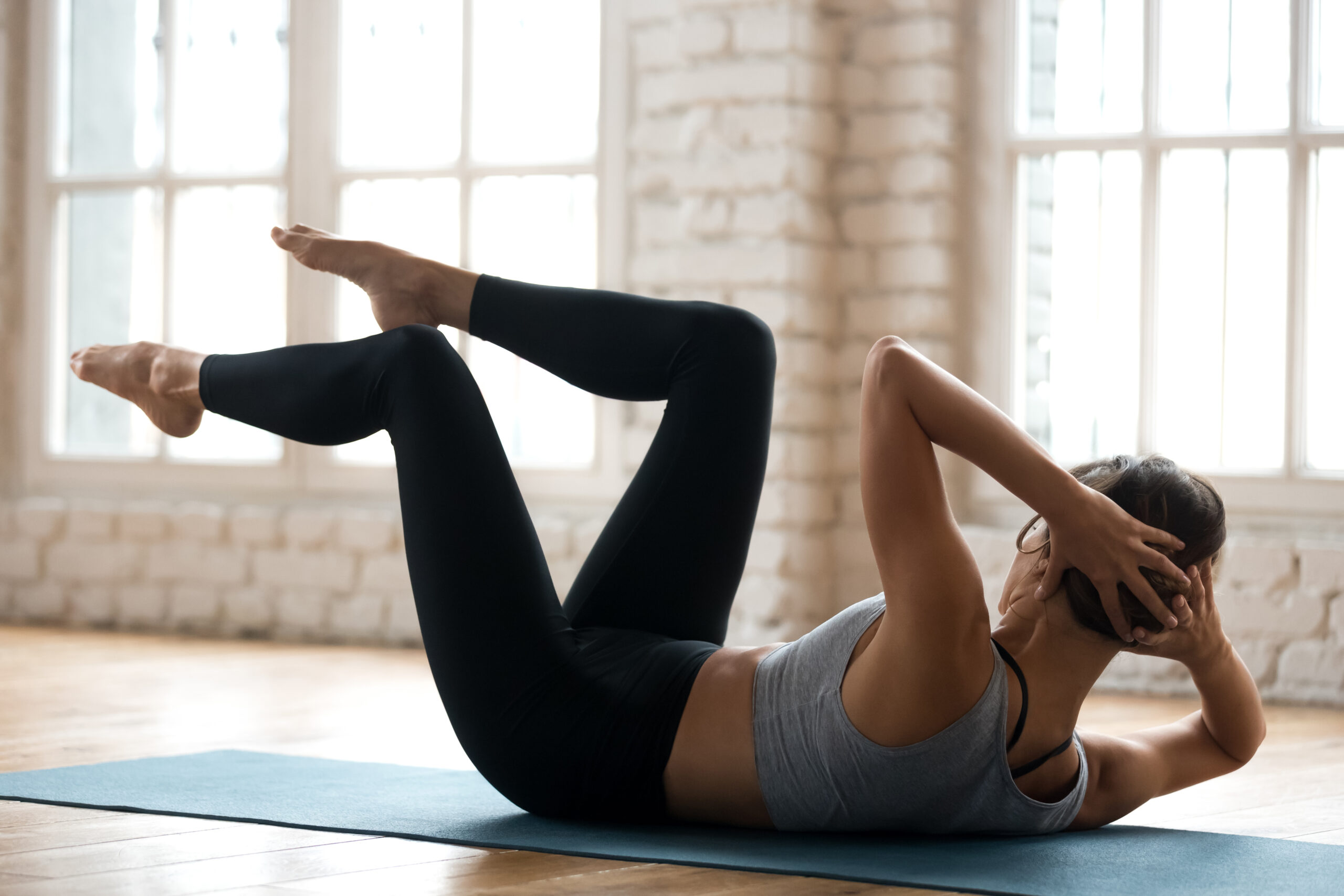
How to perform criss cross
Criss cross is a Pilates mat exercise that specifically focuses on the obliques--also known as the waist muscles. The oblique muscles help with posture stabilization but are more involved in the flexibility and rotation of the spine. And, of course, working the obliques also helps define the waist (read about other exercises to get a smaller waist!). It is good to include exercises, like criss cross, that target the obliques. Find Fielding's instructions below:
"On the Reformer, use straps to add challenge to this movement. Start on your back with a neutral spine and pelvis. Extend your legs at a 45-degree angle. Hands in small loops with an open hand grip. Arms by side of your torso, hovering off the carriage. Cross one leg on top of the other while lowering them down. Then bring them back up to a 45-degree angle."
Of course, people should avoid any abdominal exercise that hurts their spine or their joints. Specifically, Fielding says that the general population should avoid a "full sit-up" and pregnant individuals should avoid spinal flexion not only in their abdominal exercises but also in everyday movements. It’s always important to talk to your healthcare provider before trying out new exercises. But if you’re just generally looking to tone up your abs, and you’re tired of crunches, these three pilates exercises are a great place to start!


